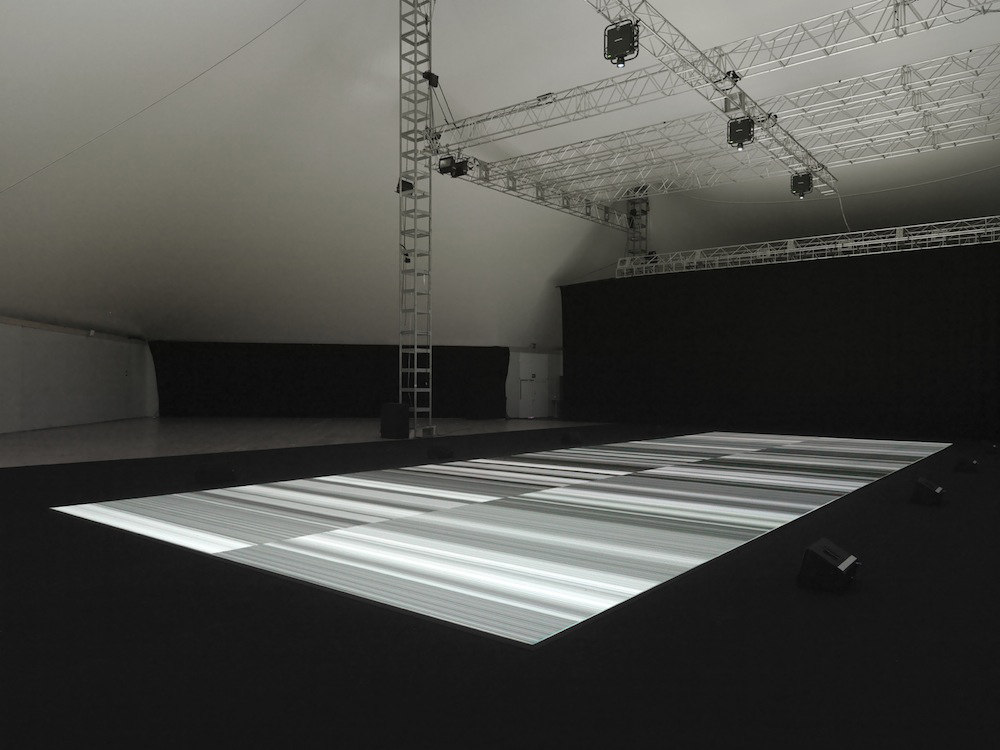Art with Altitude
On the final cover of the New York-based art journal Avalanche, published in 1976, its editors—known for their focus on conceptual art—chose not to showcase a big name artist such as Ed Ruscha, Vito Acconci or Sol LeWitt, as was their custom. The journal had gone bust, and their accounting records graced the cover to prove it. Avalanche challenged the expected throughout its six years of existence, and its artist-minded, intrepid spirit remains influential today. Most recently, it inspired “ELEVATION 1049 – AVALANCHE,” this year’s iteration of the “ELEVATION” exhibition series in Gstaad, Switzerland, co-curated by Olympia Scarry and Neville Wakefield in collaboration with LUMA foundation.
In the tradition of the ’70s publication, Scarry and Wakefield elected for particularity over accessibility in their curation. “The site specificity was a reaction to the way art is viewed and experienced today,” says Scarry. “We wanted to bring it back to creating works on-site and for the artists to be in dialogue with the place where the works will be shown.” As a result, a number of the installations and performances (which began on Friday) take place on glaciers, lakes, and in forests. Each artist on the exhibition’s diverse, international slate approaches the scenery differently: Douglas Gordon and Morgane Tschiember set a circle of wood on fire under the poetic, doleful title “As long as you can for as long as it lasts;” Ryoji Ikeda’s “test pattern (nº11)” is a landscape in itself, composed of a series of ultra-fast moving projections, which are generated in real time from sound waveforms; and for “The Return of Pablo,” Danish collaborative trio Superflex installed a sculpture informed by Greek mythology in the Diablerets, a mountainous site where an endangered species of bearded vulture resides (over the weekend, snowfall prohibited guests from reaching it, so Superflex screened a film instead). As may be expected from an exhibition highlighting ephemerality in the Swiss Alps, ethical questions about the environment and climate change are implicit in many of the works on display, and one cannot help but note a factor at odds with installing works in the elements: nature’s unpredictability.
The avalanche is particularly evocative of this, according to Scarry, with snow emphasizing transience and the mountains providing a sense of stability. “We were inspired by the power and the unexpected of the natural force as a curatorial point of departure,” says Scarry. “We are interested in the way sound travels in the mountains, be it echoing through the peaks, absorption through snow, and refraction off the ice.” For this reason, some artists are also recording sounds to accompany their on-site work, which will be pressed into a vinyl (and partially available to stream online). So while only a select audience will experience “AVALANCHE” in-person before it closes on March 19, from a distance we will have evidence of the fleeting exhibition, in both images and echoes.
“ELEVATION 1049 – AVALANCHE” IS ON VIEW IN GSTAAD, SWITZERLAND THROUGH MARCH 19, 2017.







